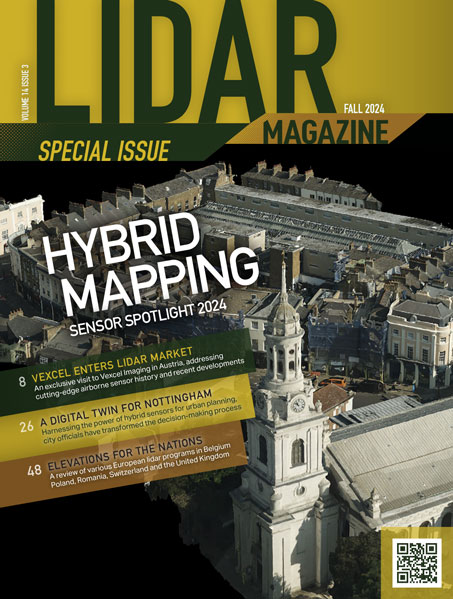March 28, 2013, Reston, Virginia –More than half of all Americans, 153 million people, currently live on or near a coast and an additional 12 million are expected to move to the coasts over the next decade. Yet despite this population density and economic magnet, much of the 95,000 miles of U.S. shoreline does not have current, accurate maps and geospatial information; moreover, much of what does exist pre-dates the 1970s. Of America’s major ports, harbors and shipping areas, there is a 26,000 square nautical mile backlog that will take some 15 years to accurately update with current maps. Given recent natural disasters along our coastlines, including Hurricane’s Sandy and Katrina and manmade events such as the Gulf Coast Oil Spill, the need for spatial data on our coasts is critical to emergency preparedness, emergency response, coastal assessments, conservation, and economic growth.
That is why today, MAPPS (www.mapps.org), the national association of private sector geospatial firms, applauds the introduction of a bi-partisan bill, H.R. 1382, the "Digital Coast Act of 2013" by U.S. Representatives C.A. "Dutch" Ruppersberger (D-MD) and Don Young (R-AK). The bill will authorize a "Digital Coast" program whereby the National Oceanic and Atmospheric Administration (NOAA) would develop a coordinated and comprehensive national mapping effort for coastal, State and territorial waters of the United States.
MAPPS Executive Director John Palatiello said, "The ‘Digital Coast Act’ is needed to realize the concept of a digital and geospatially enabled view of the Nation’s coastlines as recommended by the National Academy of Sciences (NAS). The Digital Coast Act provides an opportunity to help America’s ocean, coastal, and shoreline areas by addressing issues raised by the U.S. Oceans Commission, the Pew Commission, as well as several NAS reports, all of which have highlighted the need for surveying, charting, remote sensing, and geospatial data of America’s coasts, harbors, ports, shorelines, and ocean resources critical to the nation’s most basic economic and recreational activities, and to smartly conserve a fragile environment."
MAPPS President Richard "Dick" McDonald, PLS (T3 Global Strategies, Inc., Bridgeville, PA) said, "This Digital Coast program within NOAA will also coordinate the pooling of resources from multiple Federal, state, and local agencies and other stakeholders to map the various needs once, and then utilize and apply the high-quality data and products numerous times, thus reducing wasteful duplication, while maximizing the return on investment for all stakeholders."
The "Digital Coast" is a geospatially enabled program to improve coordination and support work with stakeholders to identify geospatial priorities; improve coordination of coastal mapping and management activities; use standards and standardized methods for data acquisition, processing, and distribution to ensure broadest utility of data; promote best practices when applying geospatial data for coastal decision making; and contract for the collection and creation of quality non-navigation feature data sets to include: shoreline change, satellite and aerial imagery, land use and land cover maps, benthic habitat mapping, terrestrial topography, shallow water bathymetry, and submerged aquatic vegetation.
"H.R. 1382 is needed to truly satisfy the concept of a robust ‘Digital Coast’ and we commend Reps. Ruppersberger and Young for working in a bipartisan manner to do so," concluded Palatiello.
Congressman Ruppersberger serves as the Ranking Member on the House Permanent Select Committee on Intelligence. H.R. 1382 was referred to the House Committee on Natural Resources where Congressman Young is a member and former Chairman.
About MAPPS
Formed in 1982, MAPPS is the only national association exclusively comprised of private firms in the remote sensing, spatial data and geographic information systems field in the United States. The MAPPS membership spans the entire spectrum of the geospatial community, including Member Firms engaged in satellite and airborne remote sensing, surveying, photogrammetry, aerial photography, LIDAR, hydrography, bathymetry, charting, aerial and satellite image processing, GPS, and GIS data collection and conversion services. MAPPS also includes Associate Member Firms, which are companies that provide hardware, software, products and services to the geospatial profession in the United States and other firms from around the world. Independent Consultant Members are sole proprietors engaged in consulting in or to the geospatial profession, or provides a consulting service of interest to the geospatial profession.
MAPPS provides its 160+ member firms opportunities for networking and developing business-to-business relationships, information sharing, education, public policy advocacy, market growth, and professional development and image enhancement.
For more information on MAPPS, please visit www.MAPPS.org.
